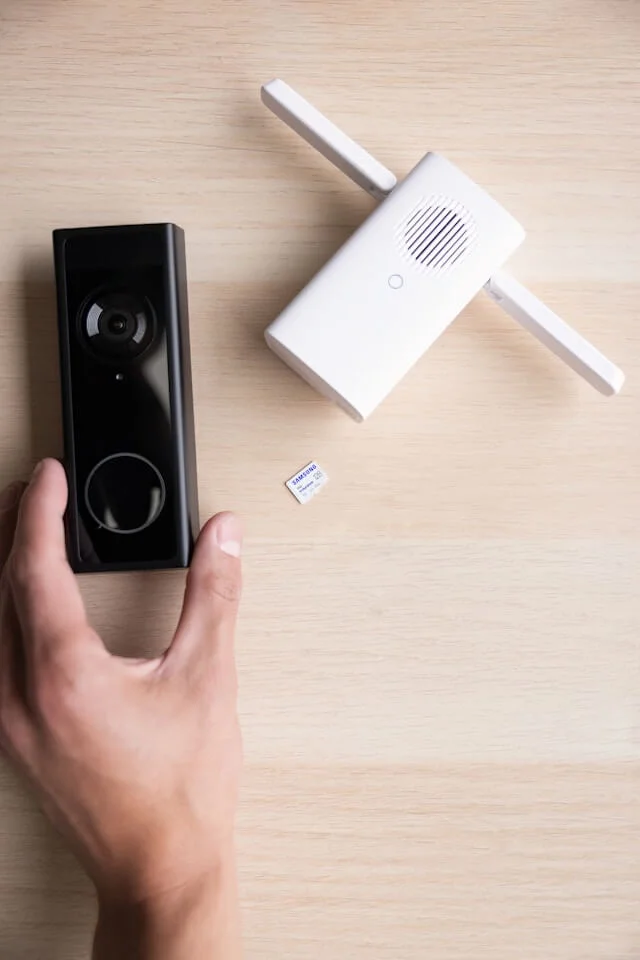Quiz Master's interesting facts
The Hidden Factors Slowing Down Your 5G Internet.
If your shiny new 5G phone still feels like 4G on a bad day, the problem is rarely “just signal". Deep inside the network, dozens of subtle effects chip away at the 5G internet speed you see in speed tests, video streaming and online gaming.
One villain is jitter: tiny variations in delay that make real-time traffic stumble. A 20 ms average latency can feel great, but if packets arrive in chaotic bursts because the scheduler in the base station is juggling hundreds of users, your cloud gaming session or VPN can freeze while the radio quietly reorders traffic.
Interference is another hidden tax. In busy mid-band 5G (around 3.5 GHz), neighboring cells reuse the same spectrum, creating interference patterns that shift as cars move, trains pass and people turn their phones into hot spots. Engineers at operators like Vodafone and AT&T constantly adjust beamforming patterns and power levels so that one user watching TikTok doesn’t drown out another uploading to cloud services from the next street.

Then there’s congestion where you least expect it. In a packed stadium, 5G antennas may still show “full bars” while the backhaul link feeding them—maybe a microwave hop or an oversubscribed fiber—hits its limit. The radio is ready for gigabit broadband, but the data path behind it looks more like a busy home router. A single misconfigured QoS rule can prioritize background software updates over your mobile data session.
A particularly odd engineering fact: some networks deliberately slow parts of 5G to stay compatible with 4G using Dynamic Spectrum Sharing, meaning your “5G” icon can, at times, be riding on timing constraints inherited from a decade-old LTE design.



